- Pine Cliff Resort
- Campgrounds & RV Parks
- Washington
- Campgrounds & RV Parks in Jefferson County
- Marmot Lake
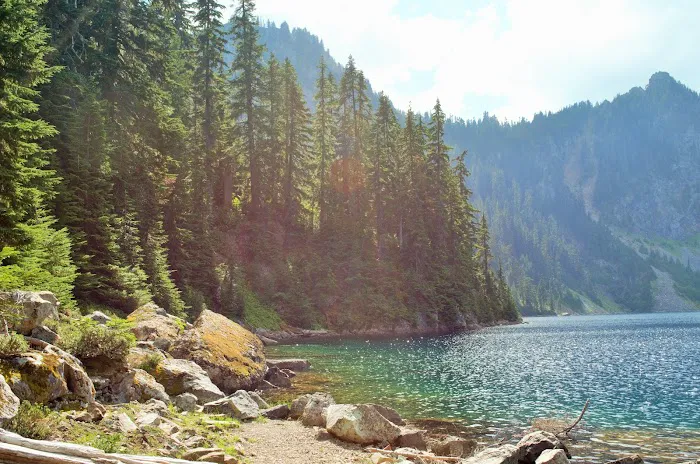
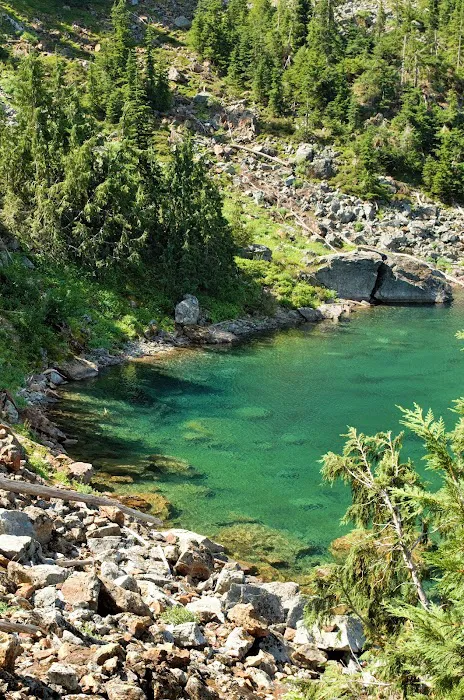
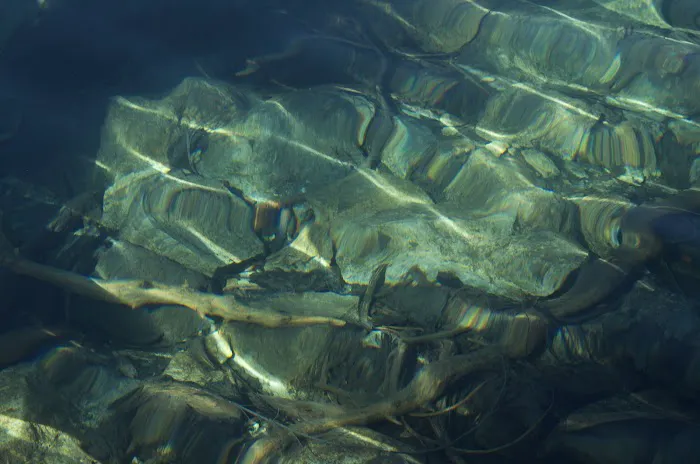
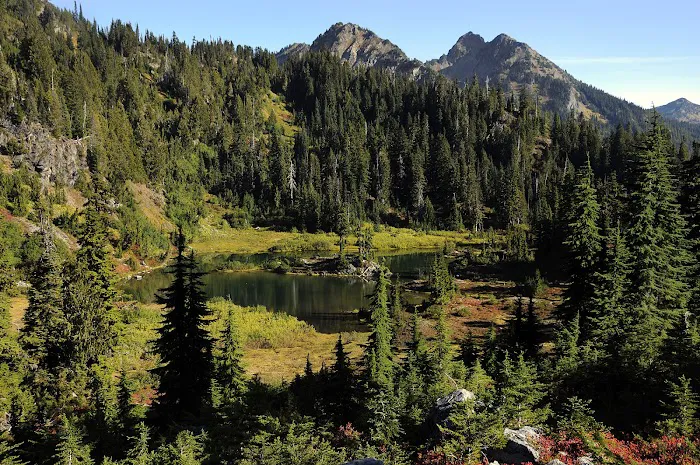
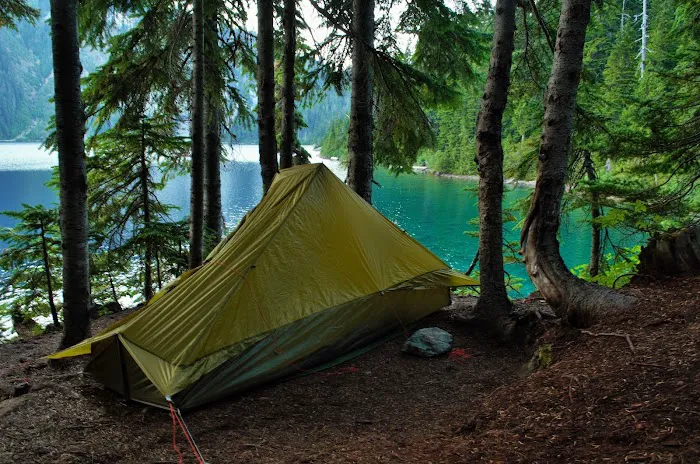
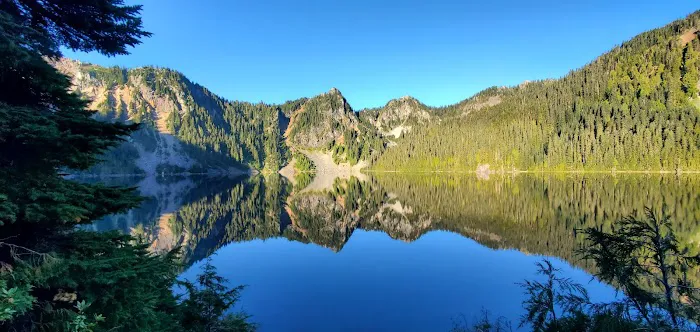
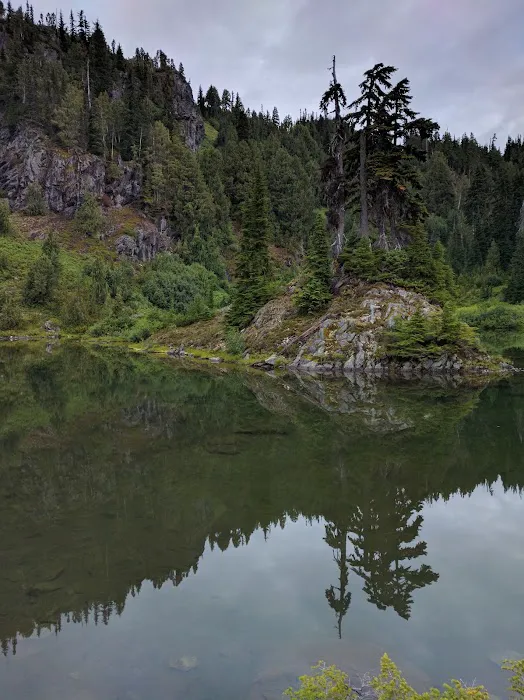
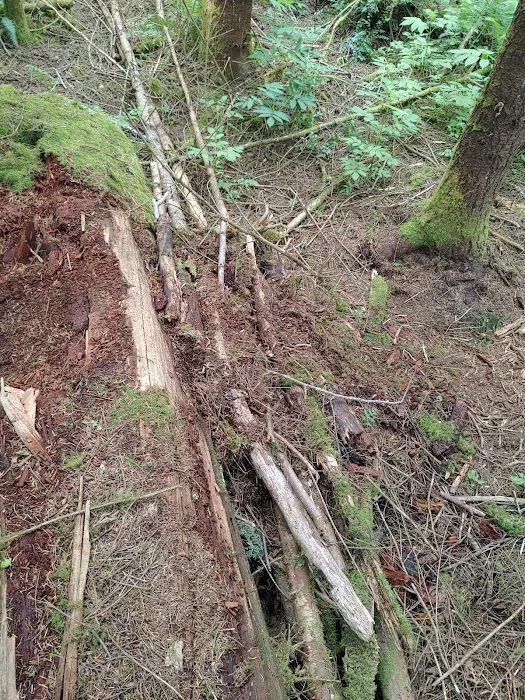
Marmot Lake Introduce
For Washington's outdoor enthusiasts, the name "Marmot Lake" conjures images of pristine alpine waters, rugged peaks, and a profound sense of wilderness solitude. Often described by those who've experienced it as "probably the best camping spot I’ve ever found," Marmot Lake is not your typical drive-up campground. Instead, it's a coveted backcountry destination, nestled deep within Washington's majestic mountain ranges, offering an unparalleled escape for backpackers seeking an immersive experience in the heart of the state's wild beauty.
Unlike easily accessible campgrounds, Marmot Lake requires significant effort to reach, making the reward of its breathtaking scenery and serene environment all the more profound. This is a place where you truly disconnect from the everyday and reconnect with nature on its most grand scale. The journey to Marmot Lake is as much a part of the adventure as the destination itself, traversing through lush forests, past sparkling streams, and up into the subalpine and alpine zones where the landscape transforms into a stunning panorama of rock, ice, and clear blue waters.
Marmot Lake is celebrated for its challenging yet incredibly rewarding trails, its incredible photographic opportunities, and the profound quiet that only a true wilderness setting can provide. It's a testament to Washington's commitment to preserving its natural wonders, offering a sanctuary for wildlife and a sanctuary for the human spirit.
This article is crafted specifically for Washington locals, aiming to provide a comprehensive and engaging guide to planning a trip to Marmot Lake. We'll delve into its demanding accessibility, the essential services you'll need to consider, its captivating features, and why this particular location stands out as a premier backcountry experience for those willing to venture off the beaten path. Whether you're a seasoned backpacker or aspiring to embark on a multi-day wilderness journey, understanding the nuances of a trip to Marmot Lake is crucial for a safe and unforgettable adventure.
The allure of places like Marmot Lake lies in their untouched beauty and the sense of accomplishment that comes with reaching such a remote and spectacular location. It's an opportunity to truly test your outdoor skills, embrace the solitude of the mountains, and witness some of the most stunning landscapes Washington has to offer.
So, if you're ready to trade city sounds for mountain whispers and discover one of Washington's most treasured backcountry gems, read on to learn everything you need to know about Marmot Lake.
Location and Accessibility
Marmot Lake is located in Washington, USA, specifically within either the Olympic National Park/Forest or the Alpine Lakes Wilderness, depending on the specific trail and access point you choose. It's a backcountry destination, meaning there are no direct roads to the lake; access is exclusively via hiking trails. This inherent remoteness is what preserves its pristine condition and provides the coveted wilderness experience.
One common access point for Marmot Lake is via the Olympic National Park, typically starting from trailheads such as those in the Duckabush River area. From here, trails like the Duckabush River Trail lead deep into the park, often requiring multi-day backpacking trips to reach Marmot Lake. These trails traverse old-growth forests, cross rivers, and ascend into subalpine and alpine terrain. Drive times to trailheads in Olympic National Park can vary, but generally involve a few hours from major Puget Sound cities like Seattle or Olympia.
Another significant access route to a different Marmot Lake (in the Alpine Lakes Wilderness, near Leavenworth) is through trailheads like Tucquala Meadows (accessible via Forest Road 4330 from Cle Elum) or the Deception Pass Trailhead (from Highway 2, near Skykomish). The road to Tucquala Meadows, for instance, is approximately 12 rough miles of gravel, which can present challenges for lower-clearance vehicles, especially earlier in the season when water crossings might be high or potholes are prevalent. It's often recommended to have a high-clearance vehicle for this route, though carefully driven passenger cars can sometimes manage.
From these trailheads, the hike to Marmot Lake is typically a long and strenuous endeavor, ranging from over 10 miles one-way with significant elevation gain (e.g., around 4,000 feet or more). The terrain includes switchbacks, rocky sections, potential snowfields even into late summer, and sometimes overgrown sections of trail. These are not day hikes for the average person and require good physical conditioning and experience with backpacking. Given its backcountry nature, cell service is generally nonexistent once you're on the trail.
Services Offered
As a backcountry camping destination, Marmot Lake offers very limited or no traditional campground services. The experience is self-sufficient and requires careful planning and adherence to Leave No Trace principles. Here’s what you can expect:
- Established Campsites: While not "campgrounds" in the developed sense, there are typically established, bare-dirt campsites around Marmot Lake and at various points along the access trails (e.g., Shelter Rock Camp, Camp Mystery, or other dispersed sites). These are not reservable and are first-come, first-served. It is critical to use established sites to minimize impact on the delicate alpine environment.
- Vault Toilets (Limited): Some official backcountry camp areas in the Olympic National Park or Alpine Lakes Wilderness may have rudimentary pit toilets, often referred to as "thunderboxes." For instance, reviews mention designated toilets at Marmot Lake within the Olympic National Park. However, these are primitive, and campers should be prepared to dig cat holes (burying waste 6-8 inches deep and 200 feet from water sources and campsites) and pack out all toilet paper.
- No Potable Water: There is no treated drinking water available. Campers must filter, purify, or boil water from the lake or nearby streams. A reliable water filter is an essential piece of gear.
- Bear Wires/Food Storage: In some areas of the Olympic National Park, bear wires are provided at designated backcountry camps (e.g., Marmot Lake on the Duckabush River Trail) for hanging food to protect it from bears and other wildlife. In other areas or if bear wires are full, bear canisters are strongly recommended or required, especially in subalpine high country, as hanging food might not always be feasible. All food, garbage, and scented items must be secured 24 hours a day.
- No Fires Above a Certain Elevation: Campfires are often prohibited above 3,500 or 5,000 feet in these wilderness areas to protect sensitive vegetation. Always check current fire restrictions. It is best to plan on using a camp stove for cooking.
- Permits: A wilderness permit is required for overnight stays in both Olympic National Park and the Alpine Lakes Wilderness. These are typically self-issued at trailheads or obtained at ranger stations, often on a first-come, first-served basis for walk-ins, with some areas having reservation systems for popular trails. A Northwest Forest Pass is typically required for parking at the trailheads.
Features / Highlights
Marmot Lake's appeal lies in its stunning natural features and the raw wilderness experience it provides:
- Stunning Alpine Lake: The centerpiece, Marmot Lake itself, is a picturesque alpine lake known for its clear, cold waters, reflecting the surrounding granite peaks. It provides a refreshing swimming opportunity on warm days (though the water is very cold!) and incredible photographic vistas.
- Proximity to Other Alpine Lakes: Depending on the specific Marmot Lake (Olympic vs. Alpine Lakes Wilderness), it often serves as a base camp for exploring other nearby alpine gems. For example, the Marmot Lake in the Alpine Lakes Wilderness is frequently combined with hikes to Jade Lake, a striking turquoise-colored lake, and Pea Soup Lake, further enhancing the multi-day adventure.
- Panoramic Mountain Views: The higher elevations around Marmot Lake offer expansive, breathtaking panoramic views of surrounding mountain ranges, including peaks like Mount Daniel in the Alpine Lakes Wilderness. These vistas are a significant reward for the challenging hike.
- Wildlife Viewing: The area is home to various wildlife, including its namesake marmots (often seen and heard in the alpine meadows), mountain goats, and occasionally deer. Hikers must be prepared for potential bear encounters and take appropriate precautions for food storage.
- Wildflower Displays: During late spring and summer, particularly in July and August, the subalpine meadows leading to and surrounding Marmot Lake burst into vibrant bloom with a variety of wildflowers, adding splashes of color to the rugged landscape.
- Rugged, Challenging Trails: While demanding, the trails leading to Marmot Lake are themselves a highlight. They pass through diverse ecosystems, from lush mossy forests with enormous old-growth trees to rocky scree fields and occasional snow patches, offering a varied and engaging hiking experience.
- Solitude and Wilderness Immersion: Due to the effort required to reach it, Marmot Lake typically offers a more profound sense of solitude compared to more accessible campgrounds. It's a true wilderness experience, ideal for those seeking peace, quiet, and a deep connection with nature.
Contact Information
As Marmot Lake is a backcountry destination without a direct visitor center or phone, general inquiries and planning resources are best found through the managing agencies:
Address: Washington, USA (Specific access points and wilderness areas apply, e.g., Olympic National Park, Olympic National Forest, or Alpine Lakes Wilderness in Okanogan-Wenatchee National Forest).
For Marmot Lake in the Olympic National Park, contact the National Park Service: Phone: The Olympic National Park general information line can be found on their official NPS website. Website: Look for "Olympic National Park" on the official National Park Service website.
For Marmot Lake in the Alpine Lakes Wilderness, contact the Okanogan-Wenatchee National Forest or specifically the Cle Elum Ranger District or Skykomish Ranger District, depending on your chosen trailhead: Phone: Relevant ranger district phone numbers can be found on the U.S. Forest Service website for Okanogan-Wenatchee National Forest. Website: Search for "Okanogan-Wenatchee National Forest" on the official U.S. Forest Service website.
Additionally, the Washington Trails Association (WTA) website is an invaluable resource for trip reports, trail conditions, and detailed route information for Marmot Lake and surrounding areas.
Conclusion: Why this place is suitable for locals
Marmot Lake, whether in the Olympic wilderness or the Alpine Lakes Wilderness, represents the pinnacle of backcountry adventure for Washington locals. It's a destination that perfectly embodies the rugged, breathtaking beauty of the Pacific Northwest, offering an experience far removed from everyday life.
For Washingtonians, who often cherish their access to incredible natural landscapes, Marmot Lake offers a challenging yet immensely rewarding pursuit. It’s an opportunity to truly test physical limits, hone backpacking skills, and experience the profound quiet and majesty of high-alpine environments. This isn't just a casual camping trip; it’s an expedition that leaves a lasting impression, fostering a deep connection to the state’s wild heart.
The relative proximity to major population centers, while still requiring a significant drive and hike, means that a multi-day trip to Marmot Lake is feasible for dedicated locals. It’s a chance to fully immerse oneself in an environment where ancient forests give way to soaring peaks and crystal-clear lakes, showcasing the diverse ecosystems that make Washington so unique.
Moreover, navigating the wilderness independently, adhering to Leave No Trace principles, and being self-sufficient are values deeply ingrained in the Washington outdoor community. Marmot Lake provides the perfect classroom and proving ground for these practices, reinforcing responsible stewardship of the natural world. The effort required to reach it naturally filters out casual visitors, preserving the solitude and pristine conditions that make it so special.
In a state brimming with outdoor opportunities, Marmot Lake stands out as a true gem for those seeking unparalleled beauty and a genuine wilderness challenge. For locals, it's not just a place to visit; it's an adventure to be earned, a memory to be cherished, and a testament to the untamed spirit of Washington.
Details
Children
- Good for kids
Parking
- On-site parking
Location
Customer Reviews
Probably the best camping spot I’ve ever found.
More Places to Explore Nearby
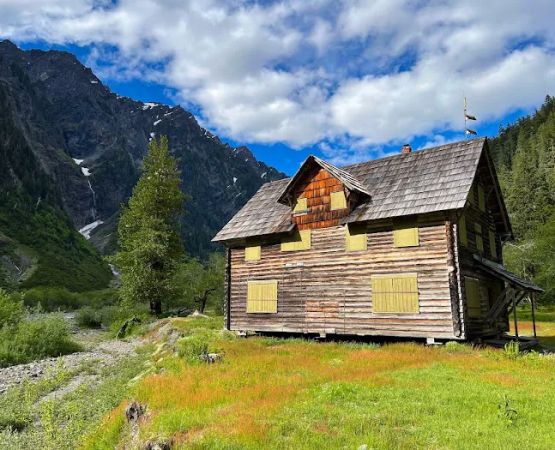
Enchanted Valley
Washington, USA
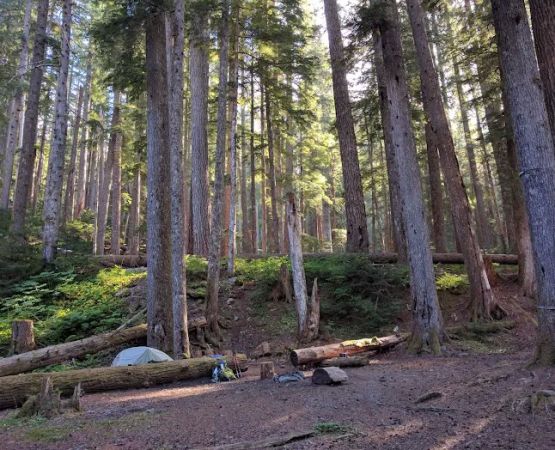
Upper Duckabush
Washington, USA
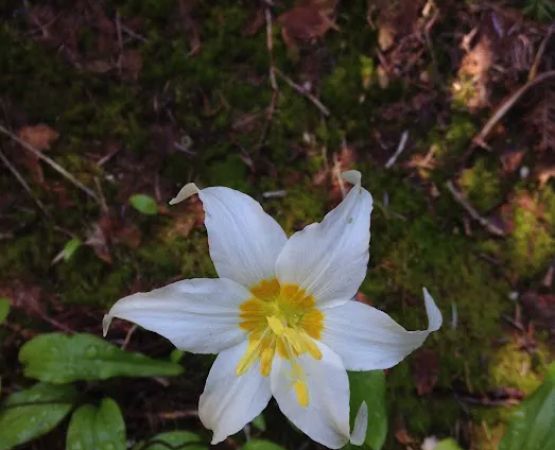
Two Bear
Washington, USA
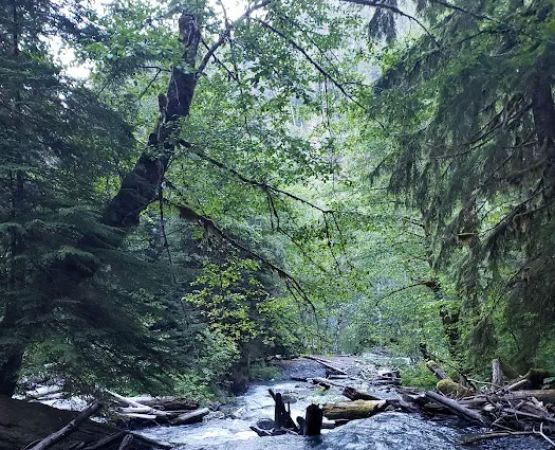
Nine Stream
Washington, USA
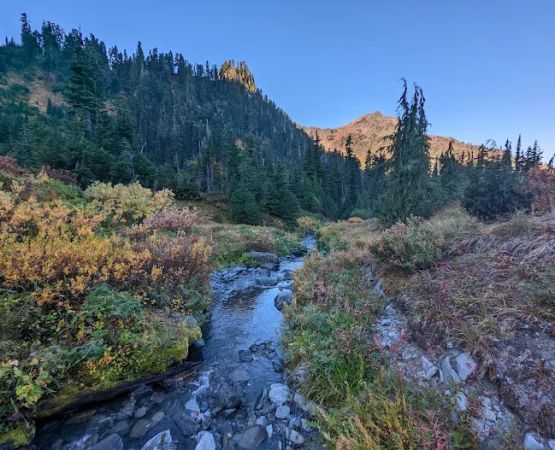
Home Sweet Home
Washington, USA

Pyrites Creek
Washington, USA

Camp Siberia
Washington, USA
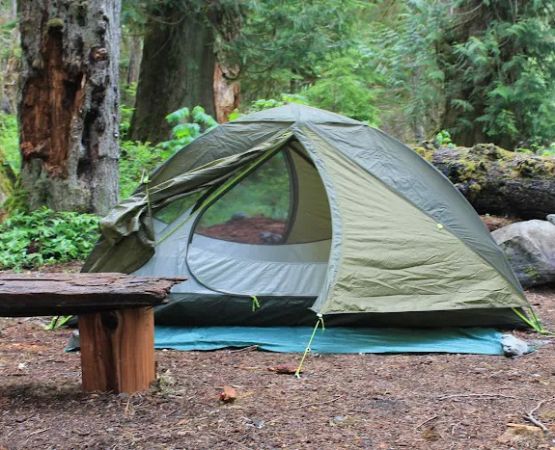
Camp Pleasant
Hoodsport, WA 98548, USA
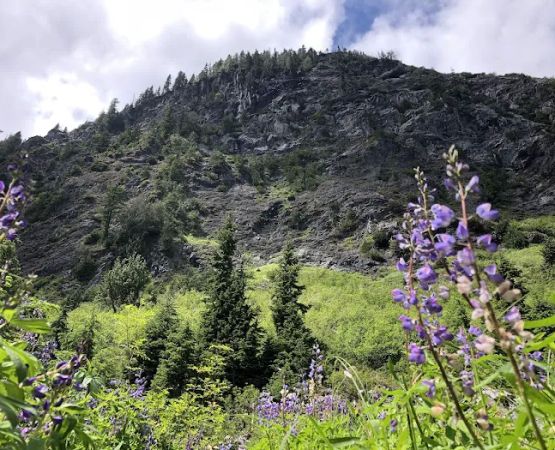
Honeymoon Meadows
Washington, USA

O' Neil Creek
Washington, USA
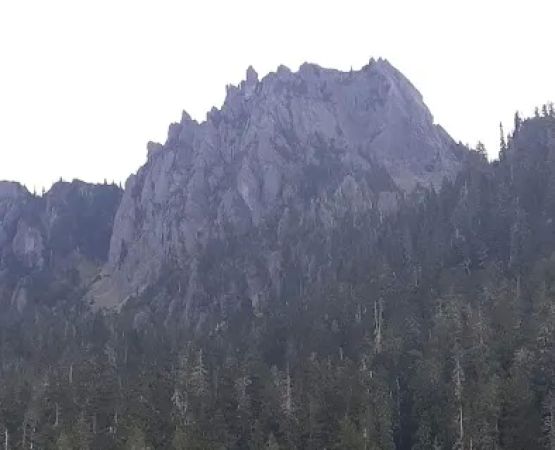
Flapjack Lakes
Hoodsport, WA 98548, USA
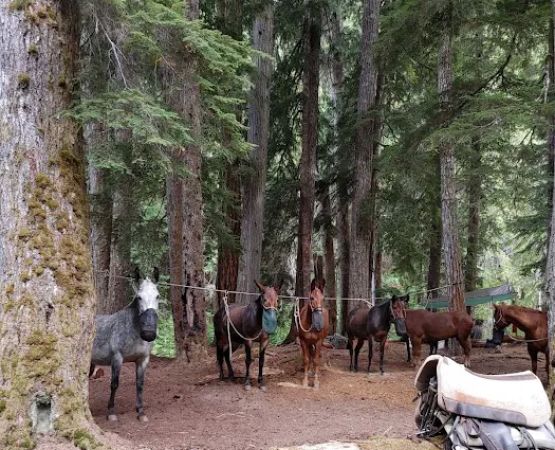
Diamond Meadows
Washington, USA
Categories
Popular Campgrounds & RV Parks
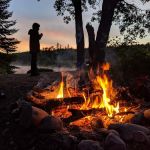 Campsite 5C Ausable River Camping4.0 (2 reviews)
Campsite 5C Ausable River Camping4.0 (2 reviews)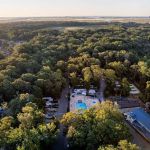 Sun Outdoors Cape May4.0 (588 reviews)
Sun Outdoors Cape May4.0 (588 reviews)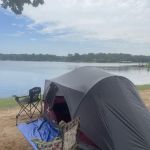 Holbrook Reservoir Campground4.0 (3 reviews)
Holbrook Reservoir Campground4.0 (3 reviews)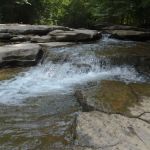 Kick Rocks5.0 (1 reviews)
Kick Rocks5.0 (1 reviews)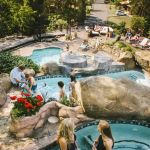 The Dell Motorcoach Resort4.0 (50 reviews)
The Dell Motorcoach Resort4.0 (50 reviews) The River's Edge Campground4.0 (336 reviews)
The River's Edge Campground4.0 (336 reviews)Must-Read Camping & Outdoor Blog Posts
Most Searched Japanese Restaurant Sites
Trending Camping & Outdoor Blog Posts
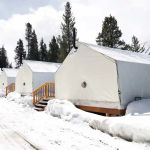 Winter Glamping Retreats in the U.S. You Didn’t Know About
Winter Glamping Retreats in the U.S. You Didn’t Know About Best Family-Friendly Campgrounds with Playgrounds and Kids’ Activities
Best Family-Friendly Campgrounds with Playgrounds and Kids’ Activities Top Family-Friendly Resorts Near Outdoor Adventure Destinations
Top Family-Friendly Resorts Near Outdoor Adventure Destinations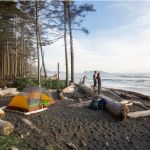 Top-Rated Campgrounds for Exploring National Forests
Top-Rated Campgrounds for Exploring National Forests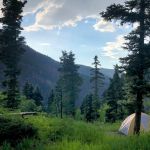 Top-Rated Camping Spots Near Scenic Trails: Explore the Best Outdoor Getaways
Top-Rated Camping Spots Near Scenic Trails: Explore the Best Outdoor Getaways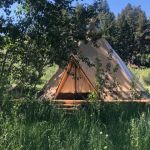 Affordable Luxury Camping Experiences at Top Resorts
Affordable Luxury Camping Experiences at Top Resorts 